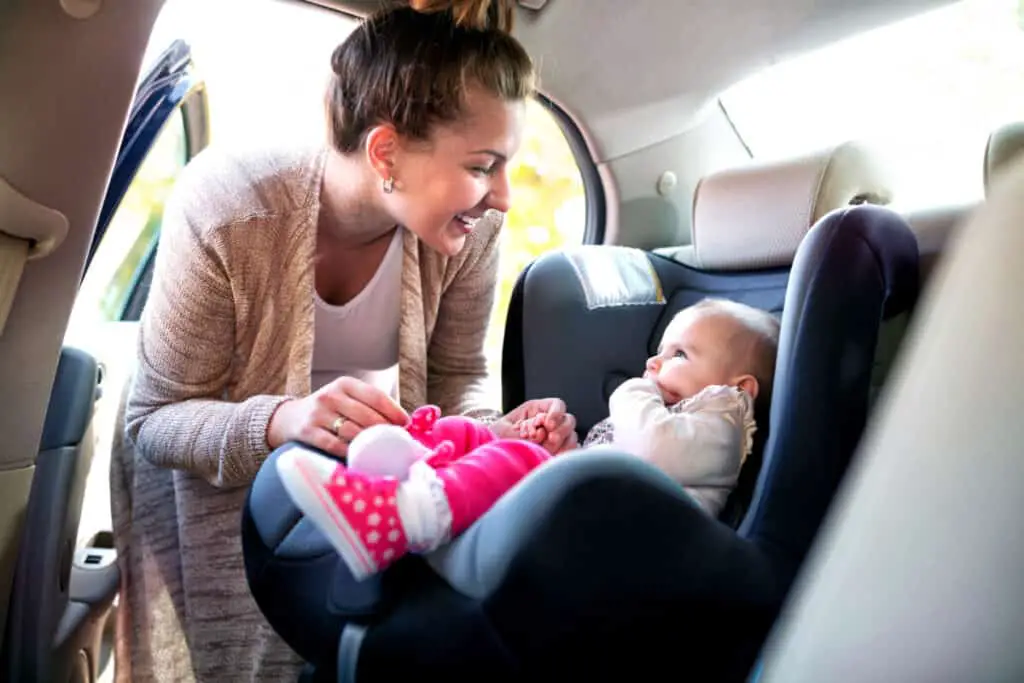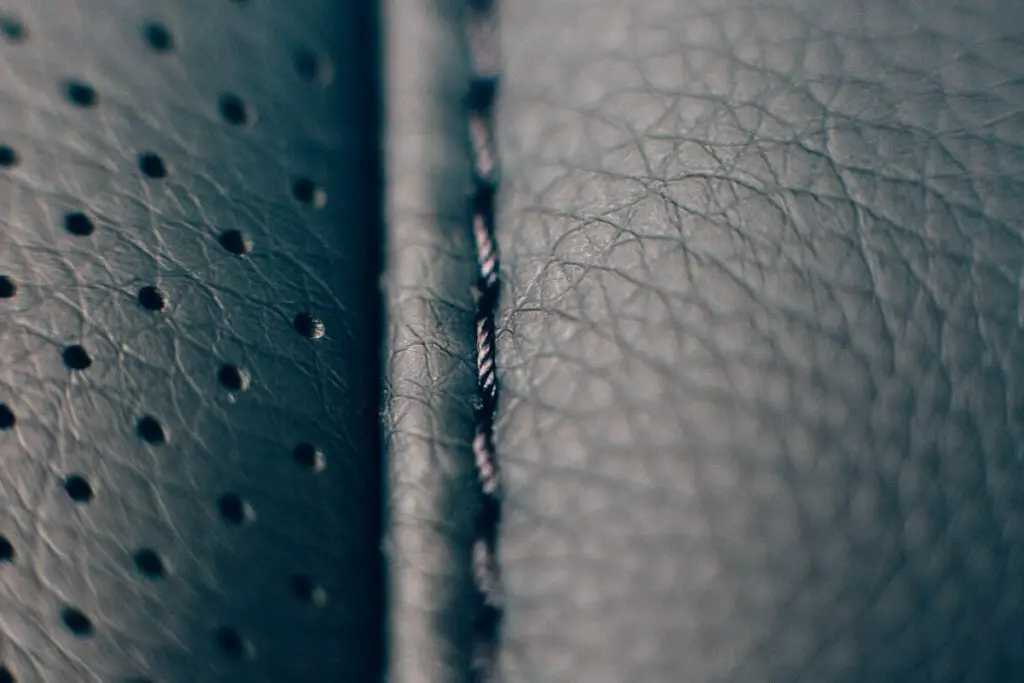
Children’s car seats fill too many landfills, especially when they can be recycled and reused. Taking apart a car seat to be reused is easy, and prevents excess trash.
To recycle a car seat, the set must be taken apart into individual pieces, and the pieces sorted into trash and recyclables, which can be taken or shipped to a recycling plant. Most parts of a car seat can be safely recycled by a plant. That way, the car seat isn’t wasted or ends up in a landfill.
Taking apart a car seat doesn’t take very much time, can easily be done at home, and doesn’t require any special tools. Car seats are made up almost entirely of material that can be reused, either by plants or at home.
What to do with an old car seat
It may be tempting to reuse a car seat to pieces but don’t. Car seats are one thing you don’t want to gamble on. Once its integrity has been compromised, it’s best to replace a seat. If you trash the seat, make sure someone else doesn’t use a broken seat. Take the car seat apart and write EXPIRED to keep it out of someone else’s car. If you can break the seat into small enough pieces, you can throw it in the regular trash.
The best option, of course, is to recycle the seat. Car seats are made of a lot of recyclable plastics and metals that can be reused in your home or taken to a recycling plant. You probably won’t be able to do anything with the plastic, foam, or fabric, but metal screws can be reused if they are still in good shape and not stripped. It’s easier to recycle all of the pieces, however. The fabric and foam can’t be recycled like the plastic and metal can, so those materials can be thrown away. Some places may take hard foam, so feel free to call your local recycling plant!
Preparing the seat for recycling

While some recycling plants or programs take the entire seat, most require you to break it down into individual parts first. This can be difficult because car seats aren’t made to be broken, they are built to remain intact and keep someone safe. You can just cut or tear away any soft fabric or foam because that can’t be recycled, so you can just throw it away. Cut away any straps, and discard any part of the strap that isn’t plastic. Generally speaking, any soft part of the seat is trash, and hard parts are recyclable.
After that, unscrew any screws, bolts, or other metal pieces keeping the seat together. Keep the metal together, as it can be recycled. You should be left with a sturdy plastic frame stripped of all other material. You can group this with any other plastic removed from the seat in the stripping process and bring that and the metal to the recycling plant or program to be reused. If you want to call ahead to see what materials exactly your plant accepts, you may find they take hard foam, but most don’t. Most of the car seat parts are probably of no use to you, but you might want to see what shape the nuts, bolts, screws, and other metal joints are in, as you may be able to reuse them at home.
Where you can recycle the seat
You can find local recycling plants nearby, but you may also want to check and see if any large department stores, like Target and Walmart, will accept your seat. Some larger stores will do an exchange or just take the seat to be recycled for you. Some have large trade-in events once a year you can bring any unusable car seats to, or offer a discount on a certain item in exchange for recyclables and unusable car seats. Not all stores do this, so be sure to call ahead and double-check. If there are no local options, there are some recycling plants that take shipped materials, and you can send off your used car seat.
Advantages of recycling a car seat

There are a lot of advantages to recycling a car seat, and no advantages to just tossing it, so save the planet! Car seats make up a large part of landfills, and can contribute to excess trash. They don’t break down naturally, so they just end up laying around, wasting plastic, metal, and space. Recycling gets the car seat out of the trash and back in business. You can also prevent a broken, unsafe seat from being reused.
Reusing broken seats may be tempting, but the entire purpose of the car seat is to keep the seater safe, and broken seats don’t keep anyone safe, so there is no purpose in using a seat that doesn’t work. Plastic in a car seat can also become brittle over time, so recycling takes away the risk of breaking plastic and ending up with sharp shards in your car, trash, or home.
When to replace a car seat
Did you know that car seats naturally expire? It might not seem so, since they’re made of materials that don’t break down like plastic and metal, and built so sturdily, but car seats have an expiration date, usually five to ten years after their manufacture. After a certain amount of time, car seats yield to the wear and tear of time just like any other material. The plastic makes up the seat and becomes brittle and unsafe for use. Changing regulations means your car seat may no longer be the best option or an appropriate safety device. A recall may also render your car seat unusable if a flaw was found in the design. Aside from natural causes, circumstances may also kill your car seat. If a seat is in a bad accident, it could be cracked or bent in a way to makes it unsafe. If your car seat has been damaged or is past its expiration date, it’s time to take it apart.
Related Topics:
If you like the article above, here are some other similar articles you should check out!
